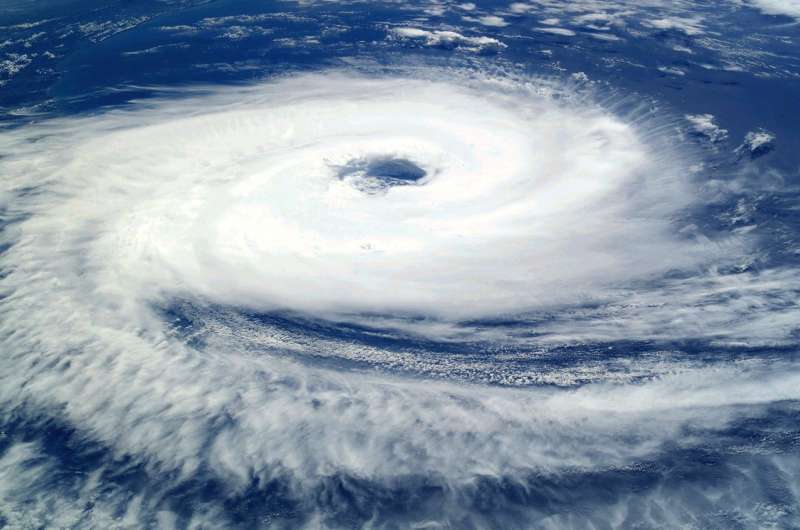What is the maximum possible number of Atlantic tropical cyclones? See the year 2005

Climate simulations and analyses of Atlantic hurricane activity indicate that the record number of tropical cyclones that occurred in 2005 (28 storms) is close to the maximum number that might occur in this region, given existing climate conditions.
In a multinational collaborative study published August 22, 2018 in Science Advances, climate simulations and subsequent analyses of tropical cyclone activity were led by the Commonwealth Scientific and Industrial Research Organization (CSIRO), the University of Melbourne and the Barcelona Supercomputing Center (BSC). Project leads used climate models to estimate the maximum number of tropical cyclones that might occur in the North Atlantic in the current climate.
They found the record number of tropical cyclones that occurred in 2005 (28 storms) is close to the maximum number that might occur in this region given existing climate conditions. This information is useful for risk management because the year 2005 has already been extensively studied and its tropical cyclone hazards and risks to infrastructure are well known. Thus, it could serve as a tropical cyclone risk benchmark for future hurricane seasons in this basin.
The year 2005 was certainly the biggest year for tropical storm and hurricane numbers in the Atlantic since the 1940s and, by some measures, the biggest for at least 150 years. There were so many tropical storms in 2005 that the U.S. National Hurricane Center ran out of tropical cyclone names; by late in the hurricane season, they resorted to calling tropical storms by letters of the Greek alphabet. It is of considerable interest whether a year like 2005 might occur again, and how often, not only for hurricane forecasters but for emergency and risk managers throughout the North Atlantic region.
In this study, thousands of years of climate model simulations were examined to see if they could produce climate conditions more favourable for tropical cyclone formation in this region than occurred in 2005. The statistical relationship between climate conditions during the tropical cyclone season and tropical cyclone formation has been previously calculated using a variety of indices, which were examined in this study. The year-to-year simulated variations of these indices in the climate models were compared to total observed tropical cyclone numbers in 2005, but the models only exceeded the observed 2005 numbers rarely, about 1% of the time, and maximum index values simulated in the models were still comparable to 2005 numbers.
Lead author, Dr. Sally Lavender of CSIRO, said, "It's hard for the Atlantic climate to generate a lot more tropical cyclones in this region than occurred in 2005. Even when we looked at thousands of years of climate model simulations, they didn't really indicate a convincing possibility of many more tropical storms."
While the study does provide an estimate of the maximum number of tropical cyclones in the Atlantic, there are important remaining issues. "The indices do show generally good relationships between climate and tropical cyclone formation rates, but they are not perfect," added Dr. Louis-Philippe Caron (BSC), "and the climate model simulations of the Atlantic climate could be improved."
The work was sponsored by the Risk Prediction Initiative (RPI) and had further input from Stockholm University's Bolin Centre for Climate Research. Dr. Mark Guishard of RPI said, "This work is important in the context of risk management, so it's not surprising that our industry sponsors were keen to support this research." RPI is a science-business partnership based at the Bermuda Institute of Ocean Sciences, supporting researchers in academia and providing independent insights for decision makers in the insurance industry.
The study also does not directly examine the potential for damage caused by the storms. Hurricane damage in a season is correlated with the overall number of hurricanes, but there is variation within those hurricanes as to the extent of that damage—an issue that Dr. Lavender and her colleagues plan on looking into in an upcoming study.
More information: S.L. Lavender el al., "Estimation of the maximum annual number of North Atlantic tropical cyclones using climate models," Science Advances (2018). advances.sciencemag.org/content/4/8/eaat6509
Journal information: Science Advances
Provided by Bermuda Institute of Ocean Sciences



















